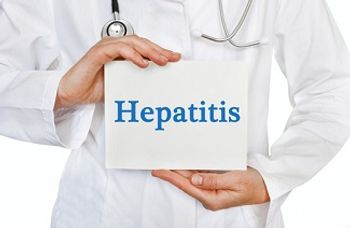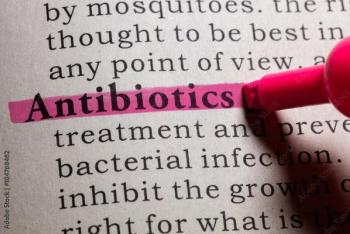At the moment, there have not yet been any locally transmitted Zika infections in the continental US, however, a recent study reports that this might change in the coming months.
Current US Zika Status
Due to its possible connection to several neurological disorders, Zika is one of the most terrifying viruses in recent history. Thankfully, testing for the virus has become easier. The Centers for Disease Control and Prevention’s (CDC) Morbidity and Mortality Weekly Report, published on March 18, 2016, notes that 116 residents in 33 US cities and the District of Columbia tested positive for the Zika virus disease since January 1, 2016. Of the 116 diagnosed with Zika, five had contracted it through intercourse, while one infection was passed congenitally from mother to infant.
Since approximately 80% of individuals infected with the Zika virus do not present with symptoms, the aforementioned number only reflects those who were actually tested by the CDC as a result of suspected infection. Of those individuals who tested positive, 113 experienced a rash, 94 experienced fever, and 76 had arthralgia (joint pain).
Anticipated Local Zika Transmission
With over 100 cases of locally-transmitted Zika infections in Puerto Rico, a group of researchers used computer simulations for 50 US cities to estimate the course of travel of adult Aedes aegypti mosquitos. The study, published in the March 16 issue of Plos Currents: Outbreak, found that although Aedes aegypti can endure the spring and fall weather in many southern US states, they have low chances of survival outside of Florida and Texas in winter months. Nonetheless, this year’s anticipated extremely-warm summer climates may cause the abundance of the mosquitos across the United States, including largely populated cities, such as New York in the northeast and Los Angeles in the west.
Co-author, Andrew Monaghan, Ph.D., a researcher at the National Center for Atmospheric Research, said in a news release that, with this research, the location and timing of possible Zika outbreaks can be predicted. Commenting on the importance of this research, he stated, “While there is much we still don't know about the dynamics of Zika virus transmission, understanding where the Aedes aegypti mosquito can survive in the US and how its abundance fluctuates seasonally may help guide mosquito-control efforts and public health preparedness.”
Further analysis of travel patterns to and from Zika infected territories, along with the forecasted climate change, revealed that cities in southern Florida and southern Texas may be at high risk of locally transmitted Zika virus.
US Efforts to Combat Zika
Earlier this week, an assessment of the possible impacts of a field trial release of a genetically modified form of the Zika spreading mosquito (OX513A) was made public by the US Food and Drug Administration (FDA). The OX513A would pass on a gene to the offspring which would result in the offspring’s premature death. However, the FDA will not release the GMO mosquitos, developed by the British company, Oxitec Ltd., until public comments on the release are reviewed.
In addition, the National Institute of Allergy and Infectious Diseases (NIAID) claims to have a possible vaccine which will be ready for human testing by this coming fall. However, Dr. Anthony S. Fauci, director of NIAID, states that it is still a matter of years before the FDA approves such a vaccine. The vaccine, which would be administrated to children who have not yet went through puberty, would prevent Zika infection.
If this vaccine is anything like NIAID’s Dengue virus vaccine, then there is a possibility of preventing Zika infection, assuming that it is made available to the public.
The Spread of Zika
Although it is likely that the continental US will start experiencing local Zika infections, the numbers are not anticipated to be as high as in Latin America or the Caribbean, according to Dr. Monaghan. He argues that American use of air-conditioners, along with the use of window and door screens, hinders the entrance of mosquitos into homes or cars, rendering high numbers of infection unlikely.
Commenting on the study in a news release, Sarah Ruth, program director of the science foundation’s division of atmospheric and geospace sciences, stated, “By integrating information on weather, travel patterns, mosquito biology and human behavior, the project team has improved our ability to forecast, deal with, and possibly even prevent future outbreaks of Zika and other serious diseases.”


















































































































































































































































































